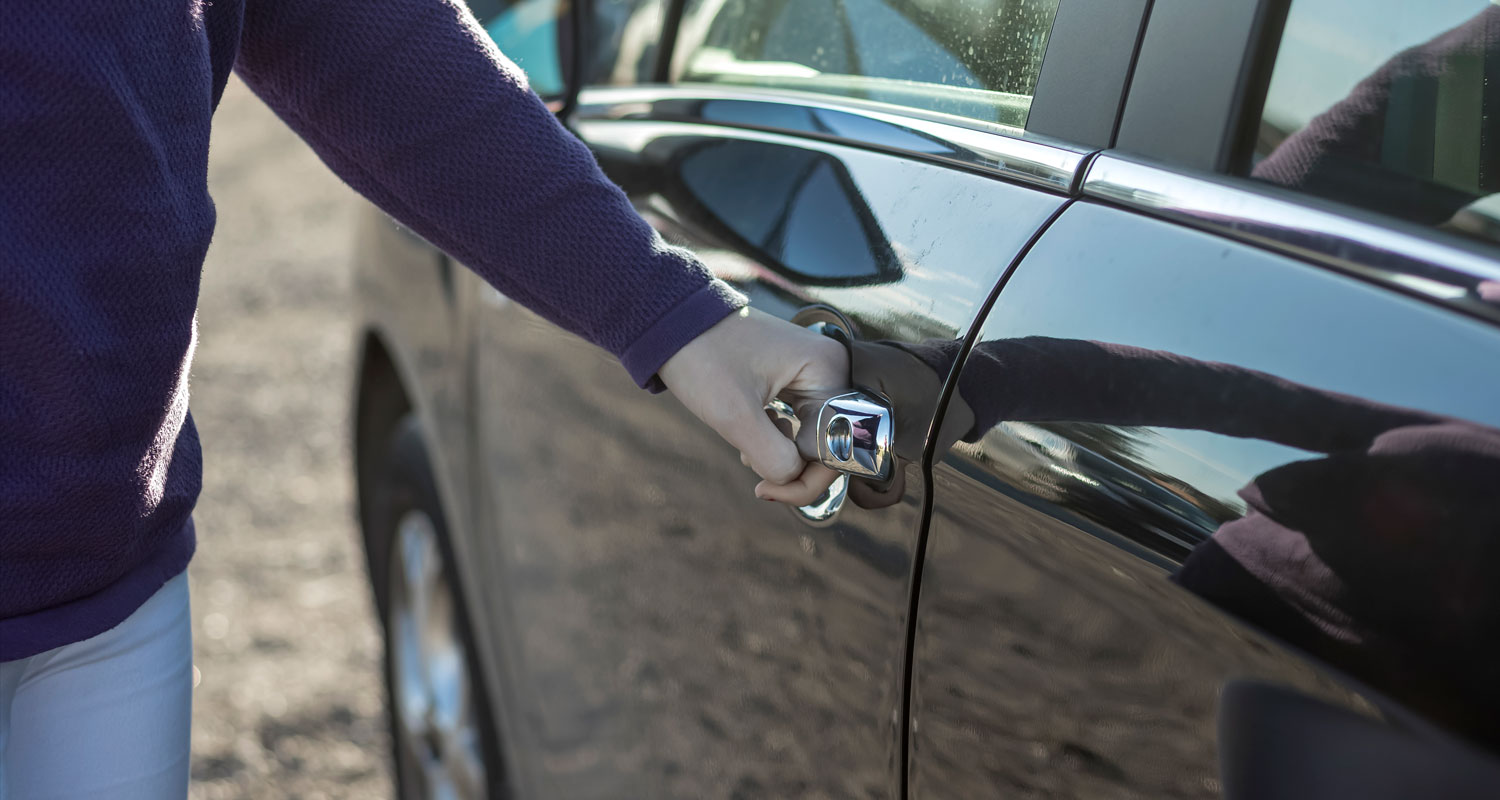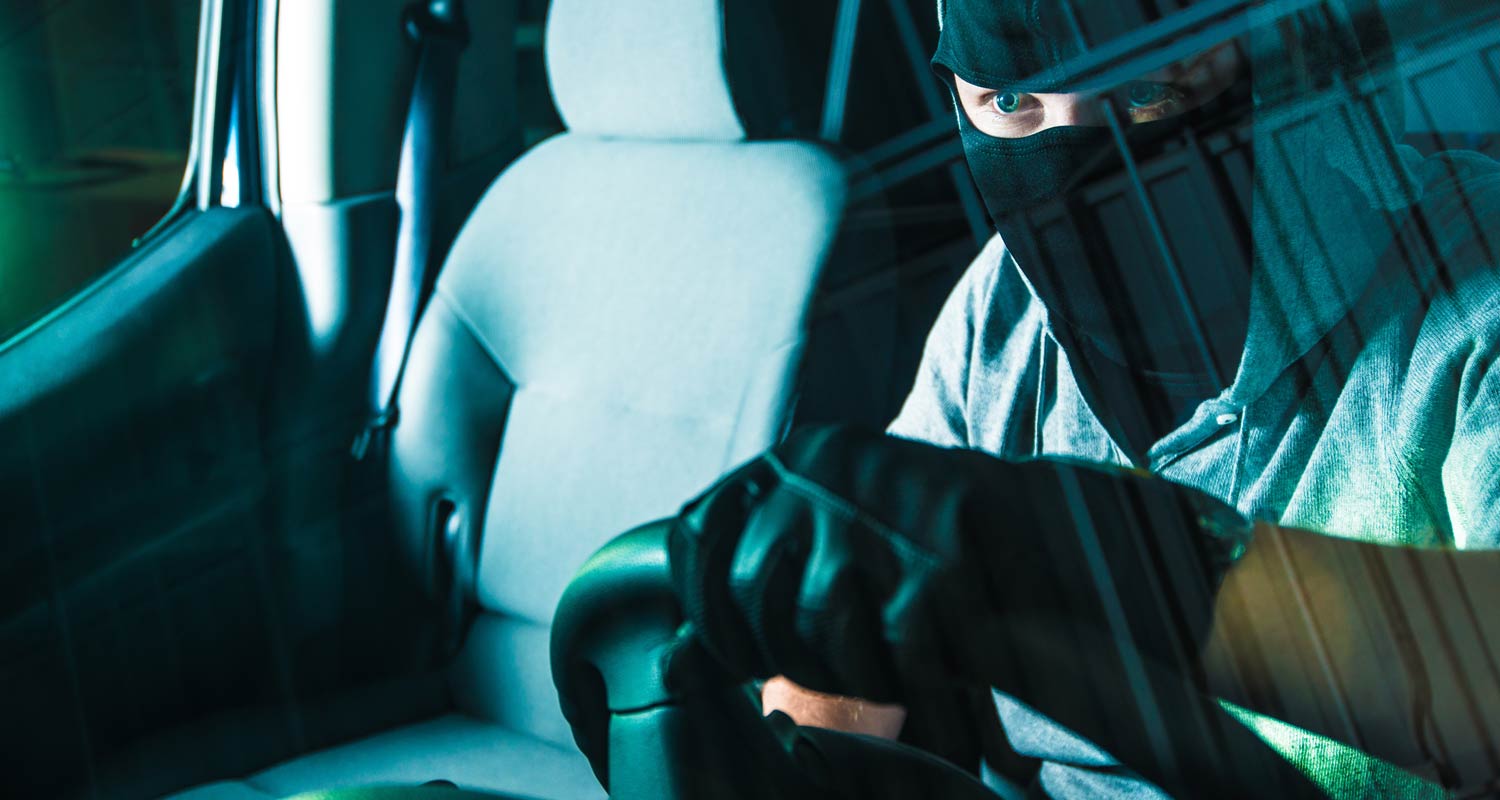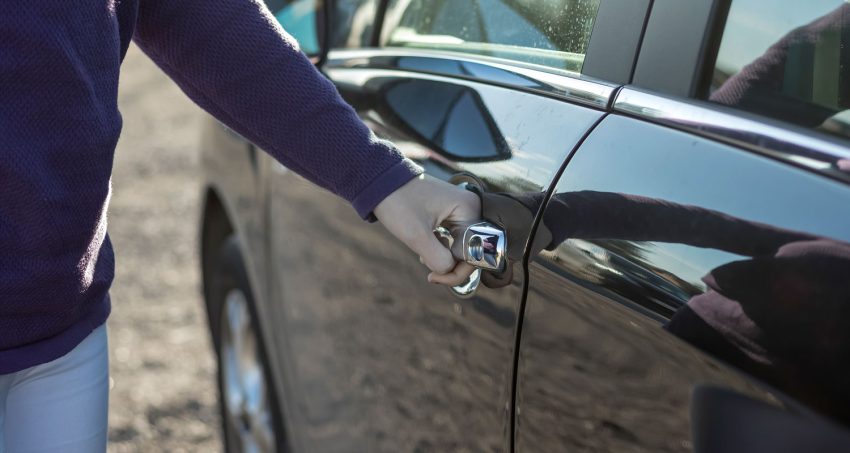 Advancements in wireless technology have made it possible for vehicle owners to access and start their cars without having to insert a physical key into the door or ignition cylinder.
Advancements in wireless technology have made it possible for vehicle owners to access and start their cars without having to insert a physical key into the door or ignition cylinder.
However, the convenience of keyless access does have its drawbacks, with criminals exploiting technology loopholes to make vehicle theft much easier. They no longer need to make any contact with the driver as they would in an armed hijacking.
“With the rise in keyless entry technology, incidents of keyless access theft have also increased and today it ranks among the most common methods of vehicle theft,” said Tracker chief operating officer Duma Ngcobo in response to a query from TechCentral.
“Criminals are constantly seeking fast, discreet ways to steal vehicles, and keyless access offers a simple and non-confrontational way to gain entry. This trend highlights how car thieves are increasingly turning to technology to bypass traditional security measures.”
According to Ngcobo, keyless car theft is usually a two-man operation. One of the assailants follows the driver and uses a relay amplifier to detect the signal constantly transmitted by the keyless entry fob to the vehicle. The copied signal is sent to the second assailant, who uses a relay transmitter to send signal to the vehicle, granting them access into the vehicle. They can then start the car and drive away without breaking a sweat.
One of the easiest ways vehicle owners can protect themselves from this type of crime, is to get a Faraday pouch, which Ngcobo recommends.
Faraday pouches
Based on the scientific principle of a Faraday cage – a space designed so that no radio signals can either get in or out – the pouch is usually lined with leather alongside a number of conductive materials such as copper, nickel or aluminium. Any electromagnetic signals sent to the device in the pouch are blocked, making it difficult for criminals to copy.
According to Jeandre Koen, the South African MD at Netstar, as important as tech fixes are, they do not overshadow traditional driver safety behaviour. These include parking in a secure, well-lit area, leaving valuables out of sight, and making use of park-and-ride or e-hailing services where security will be compromised, such as at concerts or sports games.
Read: BYD reportedly launching sub-R400 000 electric car in South Africa
“It is important for owners with keyless vehicles to always be vigilant of their surroundings, movement of people near the vehicle when parking and leaving their vehicles unattended. It is paramount to confirm your vehicle is locked after pressing your remote by doing a second check and feeling your doors are secured and cannot open,” said Koen.
The original equipment manufacturers who supply automotive companies with the components they use to assemble vehicles are continuously adapting technology to improve user convenience and safety. Earlier keyless entry fobs – prior to 2020, for example – are more susceptible to relay attacks than newer systems. One of these advancements is the use of ultra-wide band (UWB) technology, which can detect how far a signal travels and have the system make decisions based on that information.
 “UWB technology prevents relay attacks with time-of-flight measurements and encrypted communication,” according to the Bosch website. “This confirms the physical proximity of the key to the vehicle and makes relay attacks nearly impossible.”
“UWB technology prevents relay attacks with time-of-flight measurements and encrypted communication,” according to the Bosch website. “This confirms the physical proximity of the key to the vehicle and makes relay attacks nearly impossible.”
The next evolutionary step in keyless entry technology involves making use of the near-field communication (NFC) technology that mobile phones offer to access and start vehicles. The technology works in much the same way that digital wallets like Google Pay and Samsung Pay do, by using a token that represents a bank card – in this case a car key – to communicate with the car’s system.
“Both passive vehicle access and start are controlled by a digital key on a mobile phone in combination with a precise localisation of the device. An app allows vehicle owners to grant other users access to their vehicle. To do so, an additional key is sent through the cloud,” said Bosch.
Automotive manufacturers are also intervening at the software level, adding features like the ability to remotely kill switch a stolen vehicle. This feature is easier to implement in fully electric vehicles than it is in traditional internal combustion-based models.
According to Tracker’s Ngcobo, the technological arms race between manufacturers and criminals continues.
“Keyless access creates convenience for a vehicle owner. However, convenience creates another way for criminals to gain access to your car,” he said. – © NewsCentral Media
Get breaking news from TechCentral on WhatsApp. Sign up here.
Don’t miss:
Every electric car you can buy in South Africa right now – with pricing

